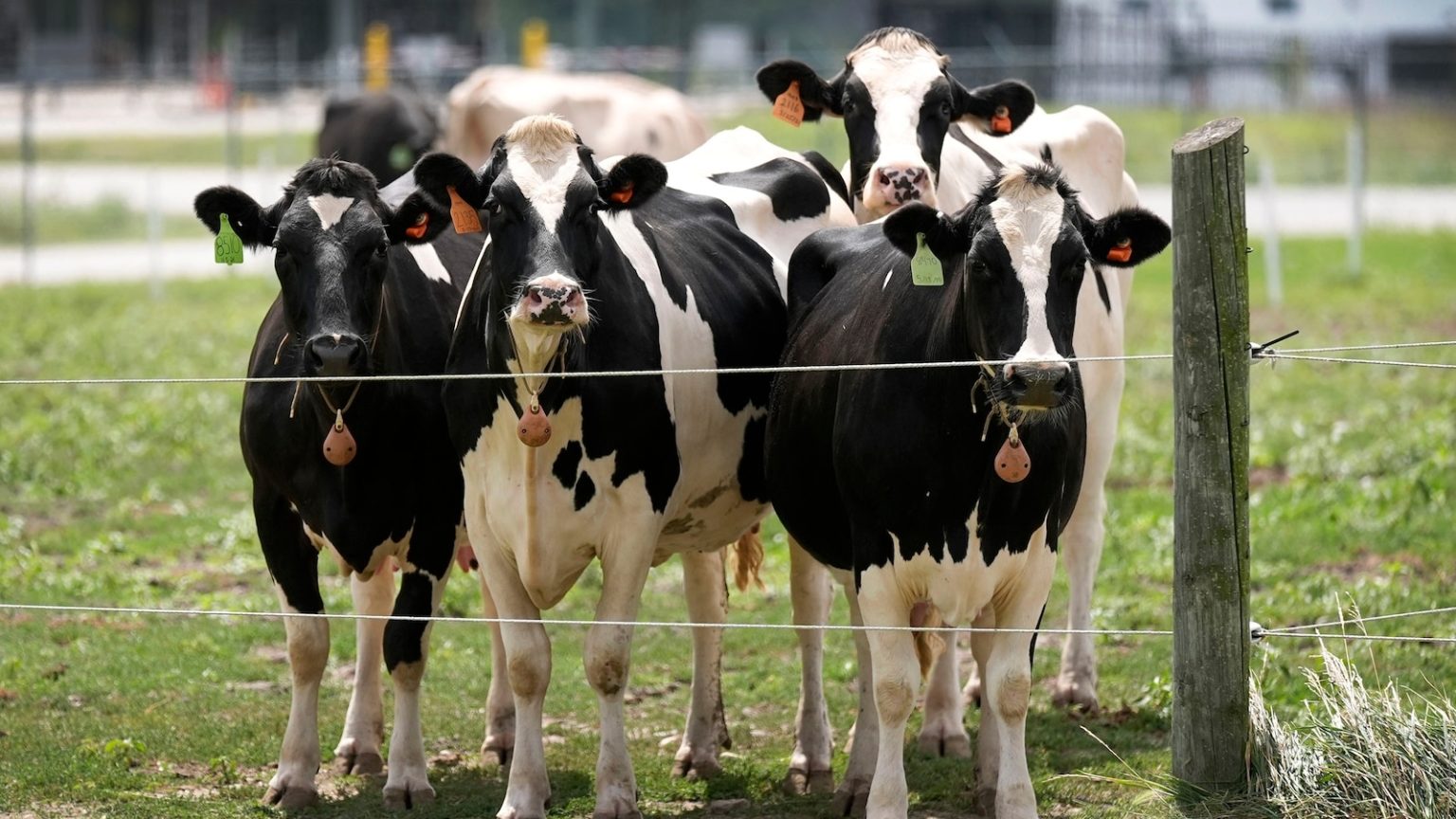Silent Exposure: Veterinarians and Bird Flu
A recent federal report reveals an alarming discovery: veterinarians working with dairy cattle have shown evidence of past bird flu infections, despite never exhibiting symptoms or knowing they were exposed. This finding, published on a Thursday afternoon, underscores the potential for undetected bird flu cases among both humans and animals in various states. The study highlights the importance of vigilance and comprehensive testing to prevent further spread.
The Study: Blood Samples and Antibodies
In September 2024, the Centers for Disease Control and Prevention (CDC) collected blood samples from 150 veterinary practitioners engaged with dairy cattle. The samples were tested for bird flu antibodies, indicating past infections. Alongside the blood tests, participants were surveyed about their exposure to cattle in the preceding three months, as well as their activities since January 2024. At the time of the study, bird flu had been detected in 14 states, with four human cases reported in three states. By the time the report was published, 68 cases had been identified across 11 states, primarily linked to dairy cattle, poultry farms, and other animal exposures, with most cases being mild and effectively treated with antiviral medication.
The Findings: Asymptomatic Infections
The study uncovered that three participants had bird flu antibodies, signaling past infections. Remarkably, none of these individuals reported any respiratory or influenza-like symptoms or underwent testing for the flu since January 2024. All three worked with multiple animals, including dairy cattle, with two also handling non-dairy cattle and one providing care to poultry. Despite their exposure, none worked with dairy cattle known to have bird flu. However, one practitioner had been in contact with poultry that tested positive. Notably, while they used protective gloves and clothing, they did not employ respiratory or eye protection, highlighting a gap in preventive measures.
Implications: Undetected Cases and Spread
The detection of bird flu antibodies in asymptomatic individuals raises concerns about the underestimation of human infections through symptom-based surveillance alone. This suggests that undetected cases might exist beyond the 68 identified, particularly in states where the virus hasn’t been reported in dairy cattle. The findings emphasize the critical need for enhanced surveillance, including regular testing of herds and bulk milk, as recently recommended by the U.S. Department of Agriculture. Additionally, the case of a practitioner working in states without reported bird flu indicates potential silent spread, urging broader monitoring.
Recommendations: Enhanced Surveillance and Protection
To address these concerns, the report advocates for proactive measures. It emphasizes the importance of offering post-exposure prophylaxis (PEP) medication to asymptomatic workers who may have been exposed, alongside rigorous testing and surveillance. Expanding these measures ensures early detection and treatment, potentially curbing the spread of the virus. Furthermore, it highlights the need for better personal protective equipment (PPE) practices, including respiratory and eye protection, to safeguard against infections.
A New Threat: Emerging Bird Flu Strains
Coinciding with the report, the U.S. Department of Agriculture announced the discovery of a new bird flu strain, D1.1, in dairy cows—a first. Previously confined to wild birds and poultry, this strain’s emergence in cattle signals a concerning expansion of the virus’s host range. This development necessitates heightened vigilance and rapid response strategies to contain the spread and protect both human and animal health. As the situation evolves, ongoing research and collaboration between health and agricultural sectors remain crucial in addressing this emerging threat.















